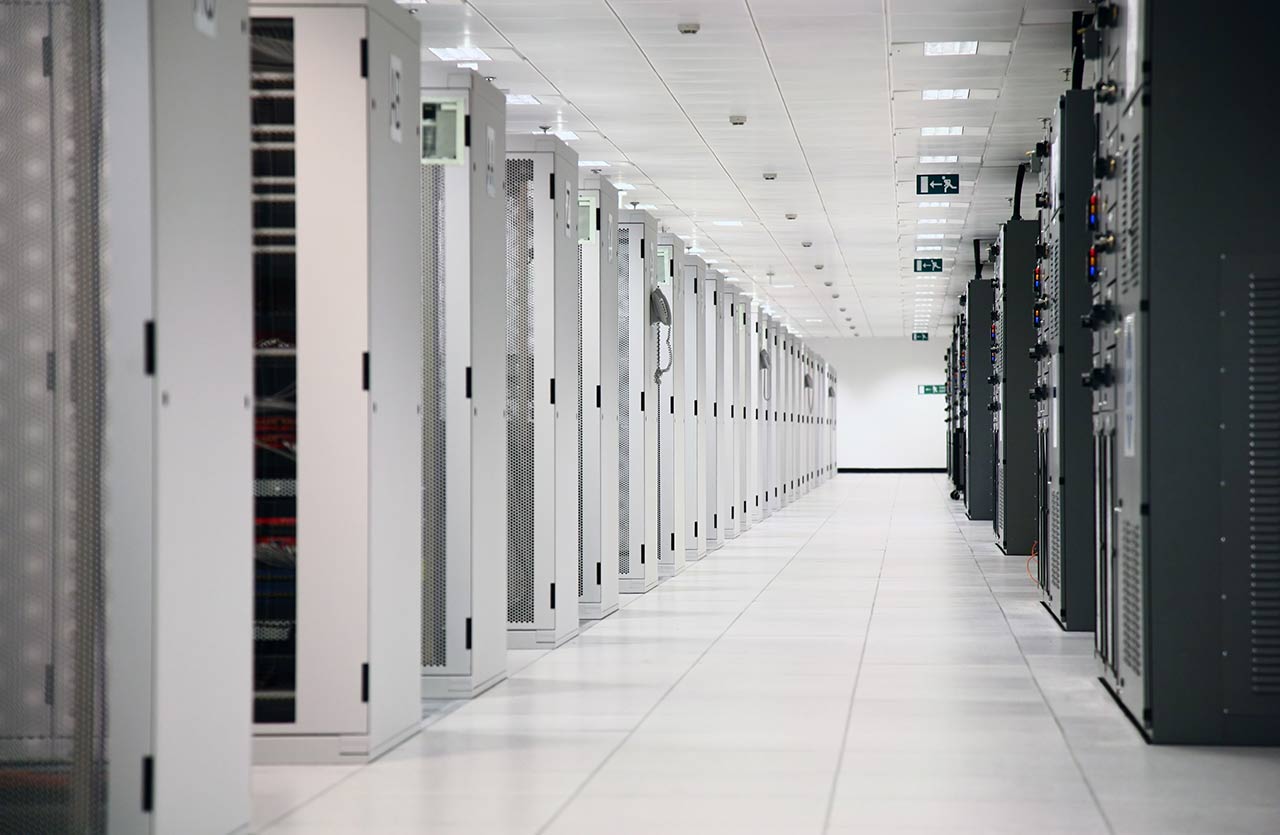Types of memory and memory addresses
The purpose of virtual memory is to use free space on the computer's hard drive to extend Random Access Memory (RAM). Personal computers...
Question
What is virtual memory and real mode memory and virtual, linear, logical and physical addresses?
Answer
The purpose of virtual memory is to use free space on the computer’s hard drive to extend Random Access Memory (RAM). Personal computers have a relatively small amount of RAM in comparison to the space on the hard drive (Null and Lobur, 2015). In order for the PC’s memory to hold multiple applications at once, some of the data held in RAM is swapped out into the virtual memory which is stored in the page file located on the PC’s hard disk (Null and Lobur, 2015). Files are retrieved from disk and made available in RAM as the user swaps between applications on the PC (Hoisington, 2014). 8088 and 8086 processors (older) operate in real mode in which the processor can access only 1MB of memory. Real mode operation allows only a single program to run at one time under a unitasking operating system such as DOS (Mathvanan, 2006).
Within the x86 architecture, memory is divided into three kinds of addresses: logical, linear and physical (Dither and Rule, 2011). A logical address is a storage location address, which may relate directly to a physical location; it is used to request information from a controller (Dither and Rule, 2011). Most non-x86 CPUs address memory using a linear address, starting with 0 and each subsequent byte is reference by the next sequential number. The physical address is represented by bits on the physical address bus; when it is different from the logical address, the memory management unit translates the logical address into a physical address (Dither and Rule, 2011). The CPU generates a virtual address; this is the logical or program address which the process uses (Null and Lobur, 2015).
References
Dither, R. and Rule, D. (2011) The Best Damn Server Virtualization Book Period. Burlington, MA. Syngress
Hoisington, C. (2014) Technology Now: Your Companion to SAM Computer Concepts. Stamford: Cengage Learning
Mathvanan, N. (2006) Microprocessors, PC Hardware and Interfacing. New Delhi: Prentice-Hall
Null, L. and Lobur, J. (2015) The Essentials of Computer Organization and Architecture 4th Edition. Boston: Jones and Bartlett Learning
